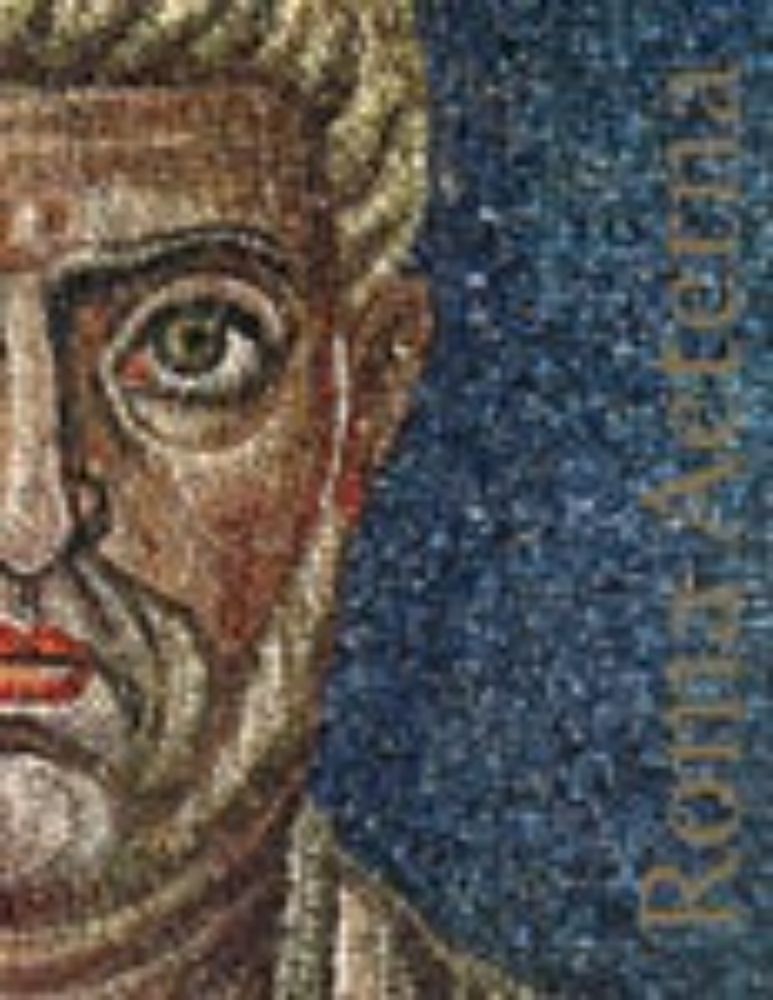
Writing about imperial women to understand late antiquity:
history - ideology - dynasty - violence - agency - memory
Also working on: crime, punishment, prosopography, digital humanities, and the city of Rome
@dependencybonn.de ..
more
Writing about imperial women to understand late antiquity:
history - ideology - dynasty - violence - agency - memory
Also working on: crime, punishment, prosopography, digital humanities, and the city of Rome
@dependencybonn.de
Julia Hillner is Professor for Dependency and Slavery Studies at the University of Bonn. She was previously Professor of Medieval History at the University of Sheffield. She is an expert on late antiquity, applying digital methods of social network analysis to large data sets drawn from a wide variety of late antique and early medieval sources. .. more

Huge thanks to @bnduman.net & @laurahartmann.bsky.social
Take a look, the variety is mindblowing!
www.dependency.uni-bonn.de/en/research/...
Reposted by Julia Hillner
andrewjacobs.org/translations...


Apparently Uta was the model.
She herself was a countess at Naumburg in the 11th century and one of the founders of this beautiful cathedral who were rather unusually commemorated in its choir.
image from here:
static.wikia.nocookie.net/dis/images/d...



Remind you of someone?
Reposted by Charles West

www.uni-erfurt.de/en/max-weber...
Unfortunately the Acts of Silvester are not properly edited and this part in particular is not well known.
Anyway, not sure what to do with this knowledge but I am happy nonetheless
That made me happy 😊 1/
global.oup.com/academic/pro...
meinclio.clio-online.de/open/pdf/con...
www.hsozkult.de/conferencere...

issuu.com/romaeterna/d...
Reposted by Charles West

research.vu.nl/en/publicati...

